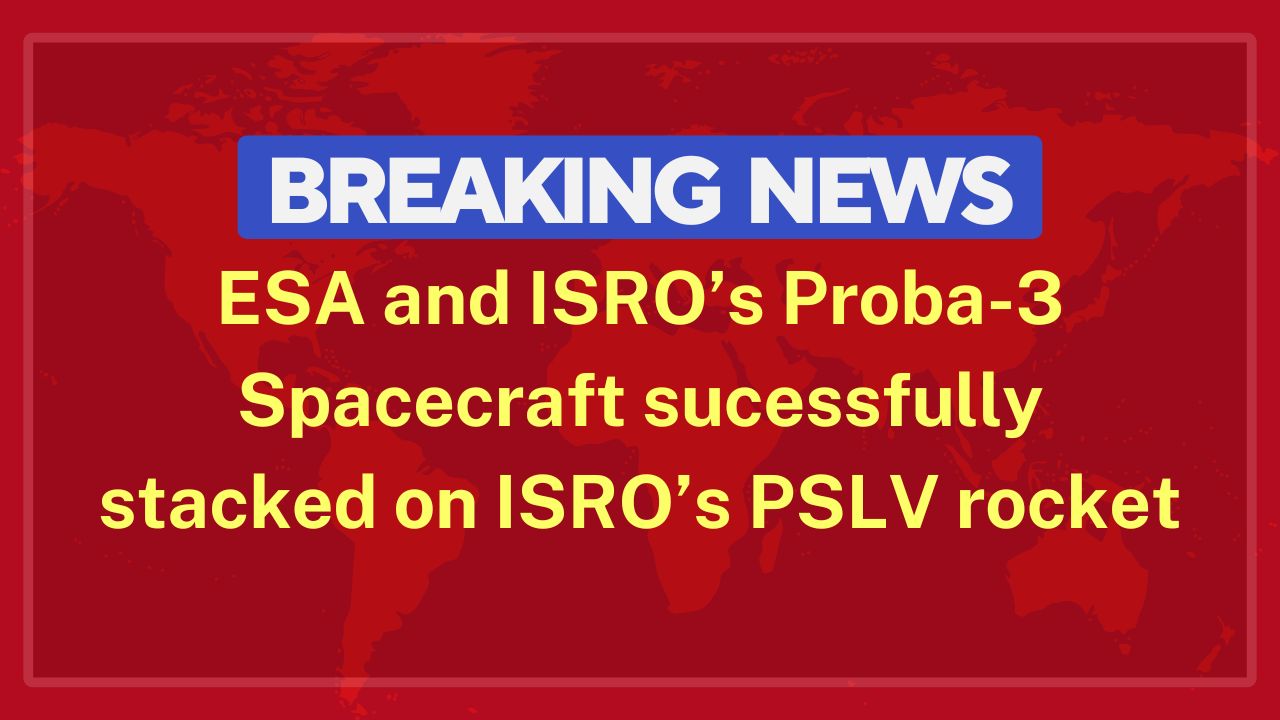| Summary |
|
Europe’s Proba 3 spacecraft has been successfully stacked on ISRO’s PSLV-XL rocket at the Satish Dhawan Space Centre in India and is scheduled to launch on December 4. This mission, a collaboration between the Indian Space Research Organisation (ISRO) and the European Space Agency (ESA), aims to study the Sun’s corona by creating the first artificial solar eclipse in human history.
Proba 3 consists of two spacecraft: the Occulter Spacecraft (OSC) and the Coronagraph Spacecraft (CSC). The mission will place the probes in a unique orbit that allows extended observation of the solar corona when the spacecraft are farthest from Earth.
The mission demonstrates advanced precision flying and synchronization techniques. Both spacecraft must maintain alignment to a millimeter scale, with precise pointing measurements in the thousands of degrees, to achieve the required observational accuracy.
One spacecraft carries observation equipment, while the other has an occulting disc. The disc blocks the direct light of the Sun, allowing the telescope on the other spacecraft to capture detailed images of the outer atmosphere, or corona, effectively creating a controlled, artificial solar eclipse.
This first-of-its-kind mission is expected to provide unprecedented insight into solar physics and showcase the capabilities of precision spacecraft formation flying for scientific research.

